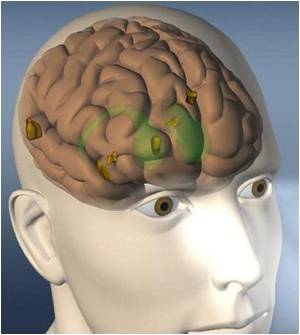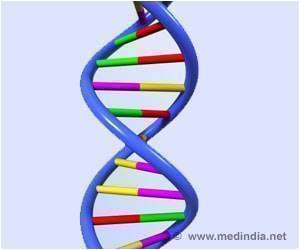
"Having Parkinson's disease means that you can no longer tell your own body what to do. The hope of finding a solution to this has stimulated me for many years to unravel what goes wrong in the cells of Parkinson's patients. This research is an important step forwards."
Bart De Strooper (VIB/KU Leuven):
"Parkinson's disease is one of the research focuses in our department. It gives great satisfaction that we have unraveled a molecular process responsible for the faulty energy production process in cells of Parkinson's patients. This confirms our belief that repairing the energy production in cells is a possible therapeutic strategy."
Faulty energy production forms the basis of Parkinson's disease.
Mitochondria are cell components that produce the energy required by a cell to function. The action of these mitochondria – and therefore the energy production in cells – is disrupted in Parkinson's disease. The exact mechanism was unknown. In recent years, scientists have described various gene defects (mutations) in Parkinson's patients that result in decreased activity of the mitochondria, including a mutation in the Pink1 gene.
Advertisement
Vanessa Moraïs studied the link between Pink1, mitochondria and Parkinson's disease in fruit-flies and mice with a defective Pink1 gene. These model organisms exhibited symptoms of Parkinson's disease as a result of this defect. She was able to demonstrate that the defect in Pink1 resulted in the so-called 'Complex I' – a protein complex with a crucial role in the energy production of mitochondria – not being phosphorylated adequately, resulting in decreased energy production. When Moraïs and her colleagues ensured correct phosphorylation of Complex I, the Parkinson's symptoms decreased or disappeared in mice and in patient-derived stem cell lines. The scientists thereby demonstrated that the lack of phosphorylation causes Parkinson's disease in patients with a defect Pin1 gene.
Advertisement
This study reveals that repairing the phosphorylation of Complex I could be a treatment strategy for Parkinson's disease. The VIB scientists have already used cells from Parkinson's patients with a defective Pink1 gene to demonstrate that repairing the phosphorylation results in increased energy production. However, will this cause the symptoms of Parkinson's disease to decrease or disappear? Only tests on patients can answer this question. According to the scientists, the best strategy would be to start with the sub-group of patients with a defective Pink1 gene. But before starting clinical trials, a lot of aspects still have to be tested.
Source-Eurekalert








